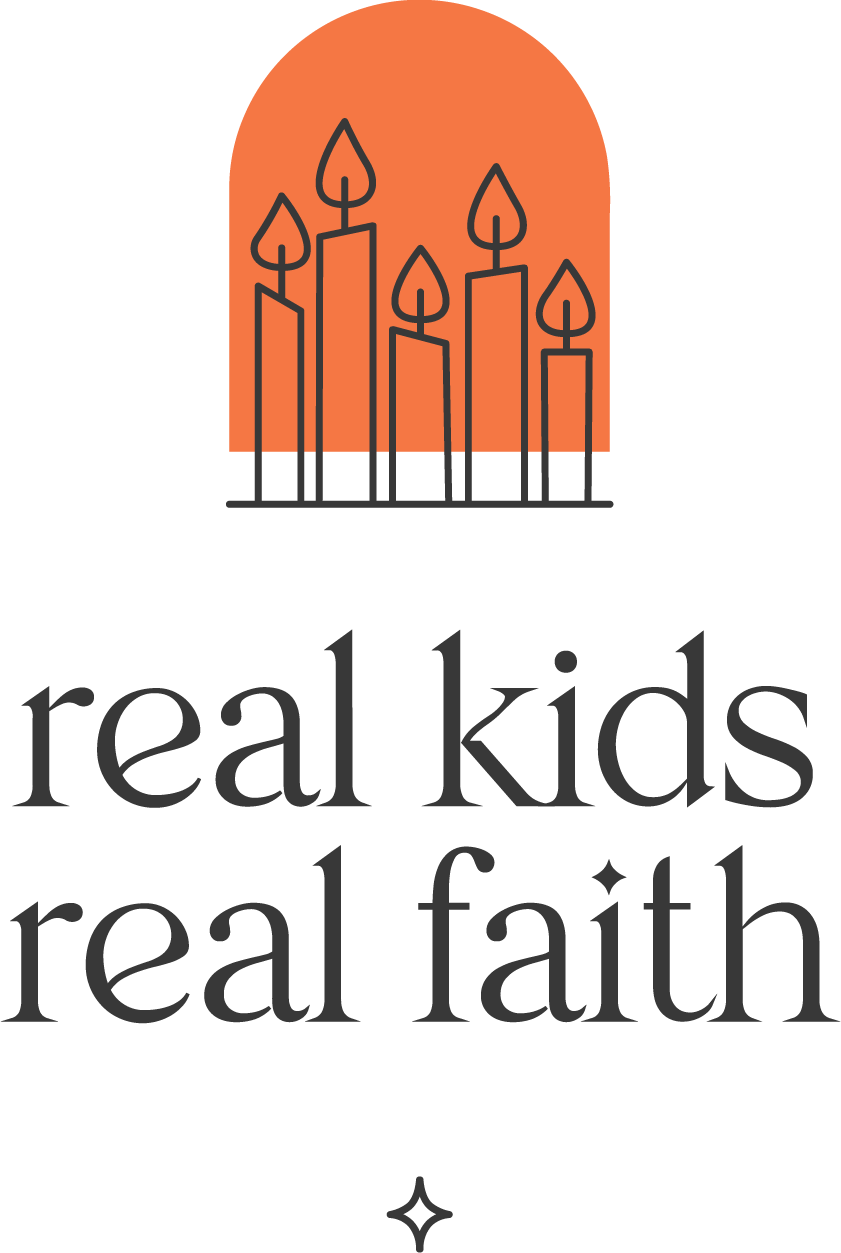Beginning in the latter grades of elementary school, my kids were given tests to help them determine their ‘learning styles’. The daughter who loves reading, history, and art was labeled a ‘creative’ and ‘reflective’ learner. The son who adores Legos and math was categorized as ‘analytical’. They were then encouraged to use particular strategies for learning that reflected their labels. These approaches were only partially successful and sometimes led to frustration when they didn’t work.
The idea that children have particular learning styles has been around for awhile. However, numerous studies show that our assumptions about such styles aren’t borne out by science. There is no scientific evidence that brain-based learning styles exist. Instead, kids benefit from approaching new information in a variety of ways.
This means that adults need to think about different ways of presenting and exploring ideas for all kids rather than assigning children to particular learning styles. For example, when teaching a spiritual practice, identify visual images that might help kids visualize the practice. Develop an activity that encourages them to analyze the reasons behind the practice’s steps. Invite them to close their eyes and listen carefully as you describe (or model) what they are going to do. Walk them through the practice so they experience it with their bodies. Share testimonies from others and poetic language that expands on the value of the practice.
Using multiple approaches helps children retain details and understand how new knowledge fits with previously learned ideas. Kids develop more ‘hooks’ upon which to hang information. They are able to connect different experiences with an idea so that discoveries build on one another. And when they search their memories later, they have more avenues to travel and find what they have learned.
Of course, just because learning styles are non-scientific doesn’t mean that children don’t have preferences for how they learn. Some preferences may develop because kids recall positive experiences with certain approaches. Others may be the result of adult input that children accept as authoritative. Preferences are, however, just ways that kids like to learn. There may be some positive effect because an approach appeals to a child, but overall, liking a particular style of learning doesn’t mean it will help a child learn better.
What studies do show is that adults attribute different values to different styles of engagement, which can have a negative effect on children’s learning. Teachers (and parents) may, for example, view analytical approaches as a sign that a child has a higher IQ and a more hands-on style as less intellectual. Kids pick up on and internalize these judgments. Some may assume that they aren’t capable of learning the same things their peers are exploring because they don’t have the same ‘smarts’.
Related Resources
- Beware the myth: learning styles affect parents’, children’s, and teachers’ thinking about children’s academic potential | npj Science of Learning
- (PDF) Learning Styles: Concepts and Evidence
- 3 Common Myths About Learning—and What Teachers Can Do Instead
- Becoming a More Reflective Leader | RKRF
- Affirming Neurodiversity | RKRF

Comments